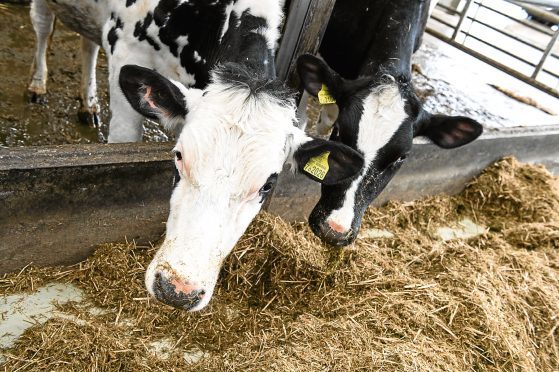Dairy farmers should be aiming to achieve a full economic cost of production of between 22 and 25p a litre, claims AHDB Dairy.
The farm levy body has developed a new set of performance measures for farmers based on two different production systems – all-year-round (AYR) calving and block calving systems.
The measures are broken down into two sets of areas.
The first highlights the six key areas for both calving systems which are crucial to delivering the financial performance required.
The second focuses on three key business areas that every dairy business should know, understand and benchmark their performance against.
AHDB lead analyst Mark Topliff said the levy body had whittled down an initial list of 70 performance measures to a list of six.
“It is now more important than ever that dairy farmers do everything they can to get in good shape to deal with future challenges,” he said.
“By giving farmers a clear set of measures and targets, farmers can review their performance and make changes to enable them to compete in this rapidly changing world.”
The performance measures for block calving systems are: percentage of cows calved within the first six weeks; solids output per hectare; milk output from forage; herd replacement rate; overheads as a proportion of income; and genetic merit.
Farms with a good performance are achieving: 90% cows calved in the first six weeks; 1,250kg milk solids per hectare; more than 4,000 litre of milk from forage; a herd replacement rate of 18% and overheads of less than 30% of income.
Meanwhile, the performance measures for AYR calving are: pregnancy rate; age at first calving; total feed costs; average daily lifetime yield; overheads and genetic merit.
Farms with a good performance are achieving: a pregnancy rate of more than 20%; calving at 24 months; total feed costs of less than 8p a litre; an average daily lifetime yield of more than 13.6 litres a day; and overheads of less than 30% of income.
Genetic merit measures for both systems are still to be confirmed.
The three general financial measures farmers should benchmark their businesses against are the percentage of income retained, the return on tenants capital and full economic costs of production.
Farm businesses with a good performance are said to retain 20% of income, achieve a 20% return on tenants capital; and a full economic cost of production of less than 25p a litre for AYR calving and less than 22p a litre for block calving.
Businesses with an average performance are those retaining 5% of income, a 7% return on tenants capital, and a cost of production of 28.5p a litre.
Poor performing dairy farms are those retaining less than their income, a negative return on tenants capital and a cost of production greater than 32p a litre.
